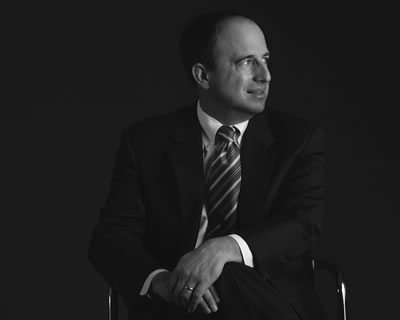| We want these platforms to facilitate the development and dissemination of ideas broadly, regardless of whether they show up in academic pieces.
— Thomas hubbard |
||
|
||
|
A
In an effort to move Envision Kellogg from concept to action, Hubbard is overseeing the development of four new strategic research initiatives (Markets and Customers, Architectures of Collaboration, Public/Private Interface, and Innovation and Entrepreneurship), while also managing the integration of the school's research centers. Hubbard explains the strategy behind the initiatives, and their role in shaping thought leadership on a local and global level. Why create these research initiatives? Traditionally speaking, Kellogg's means of organizing ideas has been through departments and centers. While a lot of ideas fit neatly into departments and use them very well for knowledge generation and dissemination, that's not the case for all. For example, ideas associated with innovation may not be best generated and disseminated through individual departments. The new research initiatives provide alternative platforms that are better fits for many ideas. Now, Kellogg has always had alternative platforms through the centers. The problem is that how the centers relate to the departments — and to each other — isn't always clear. Synergies between centers haven't been recognized, and the economies of sharing staff, connecting ideas or using a common investment platform haven't been fully exploited. So these initiatives serve to organize the centers in a way that is much clearer and more strategic. By "ideas," do you mean faculty research? Some of Kellogg's knowledge generation and intellectual output shows up in the form of academic papers or research. But it also comes out in other ways, through which faculty share their perspectives, such as in faculty blogs, policy pieces, op-ed pieces or tweets. We want these platforms to facilitate the development and dissemination of ideas broadly, regardless of whether they show up in academic pieces. Because the impact of ideas generated within the Kellogg community is not just manifested by their academic publications, but also in how they affect decisions that are made in the world. In what ways can the Kellogg community support this effort? Kellogg's faculty, staff, students and alumni tend to be very generous and very optimistic. I experienced that first-hand at this year's reunion, and I'm very grateful for it. I look forward to capitalizing on that as we move forward with the plan. — By Rachel Farrell |



